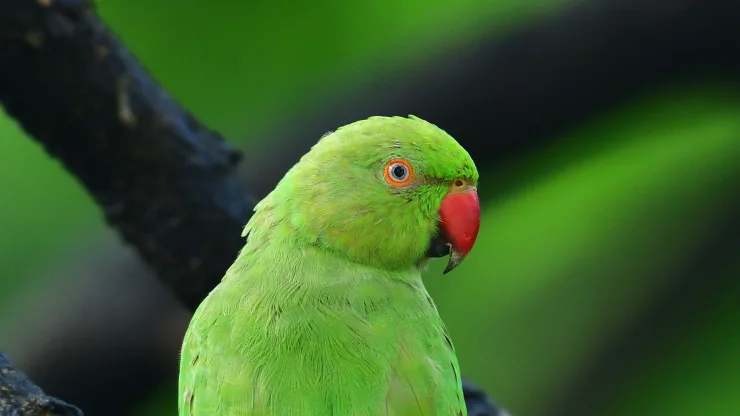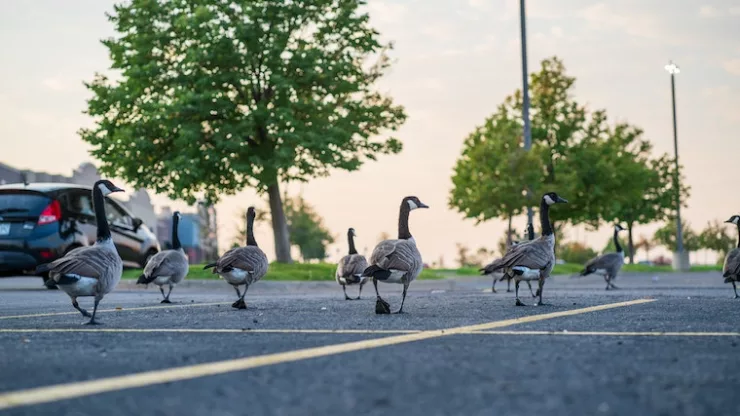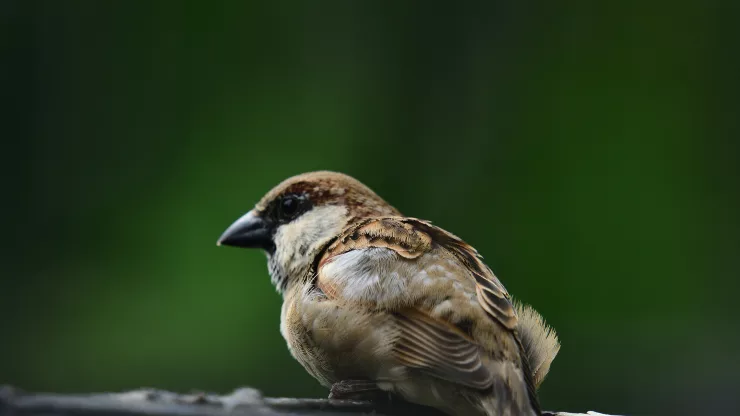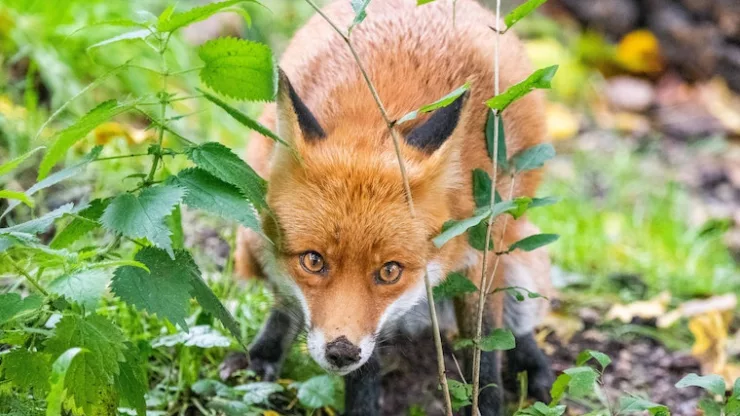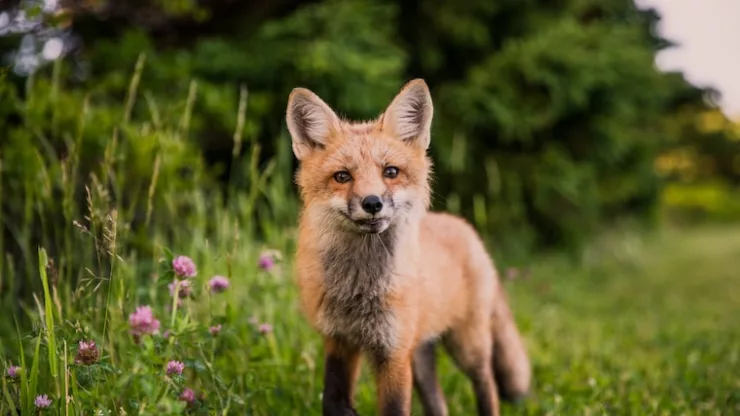Urban areas may seem like concrete jungles, devoid of any wildlife.
However, if you look closely, you’ll find that cities are home to a surprising amount of animal life.
From birds to squirrels, raccoons to coyotes, urban wildlife thrives in our cities. Knowing how to spot them can be a fun and educational experience.
In this guide, we’ll show you how to identify and observe the wildlife that lives in your city.
Jump to Section
Introduction
Urban wildlife refers to animals that live in or around urban areas.
These animals have adapted to living in the city and have learned to coexist with humans.
Spotting urban wildlife can be an exciting and rewarding experience that connects you with nature in the city.
In this guide, we’ll show you how to identify and observe the wildlife that lives in your city.
Why Spotting Urban Wildlife is Important
Spotting urban wildlife is important for several reasons. First, it helps to raise awareness about the animals that live in our cities.
Many people are unaware of the diverse wildlife that inhabits urban areas.
By spotting and identifying urban wildlife, we can learn more about the ecosystems that exist within our cities.
Second, observing wildlife can be a fun and educational experience.
It provides an opportunity to learn about the behaviors, habitats, and adaptations of different species. Finally, spotting urban wildlife can promote environmental awareness and conservation efforts.
Understanding Urban Wildlife
Before you start spotting wildlife in your city, it’s important to understand the types of animals that live in urban areas and their characteristics.
Types of Urban Wildlife
Urban wildlife can be divided into several categories, including birds, mammals, reptiles, and insects.
Some of the most common types of urban wildlife include:
- Birds: pigeons, sparrows, crows, and seagulls
- Mammals: squirrels, raccoons, skunks, and coyotes
- Reptiles: snakes, lizards, and turtles
- Insects: bees, butterflies, and ants
Characteristics of Urban Wildlife
Urban wildlife has adapted to living in the city and has developed unique characteristics. Some of the common traits of urban wildlife include:
- High tolerance for human activity and noise
- Ability to adapt to changing environments
- Increased aggression and territorial behavior
- Greater exposure to pollution and other environmental hazards
How to Spot Urban Wildlife in Your City
Now that you know what to look for, it’s time to start spotting urban wildlife. Here are some tips to help you get started:
Choosing the Right Time and Place
The best time to spot wildlife is during the early morning or late evening when animals are most active.
Look for areas with trees, bushes, and other vegetation, as these provide habitats and food sources for wildlife.
Parks, nature reserves, and other green spaces are great places to start.
Knowing the Signs to Look for
Animals leave behind clues that can help you identify their presence. Look for tracks, droppings, nests, and other signs of activity.
Listen for bird calls, rustling in bushes, and other sounds that indicate animal activity.
Using Technology to Help
There are many apps and websites that can help you identify wildlife in your area. These include iNaturalist, Merlin Bird ID, and Seek by iNaturalist.
These tools can help you identify species and learn more about their behaviors and habitats.
Safety Precautions When Spotting Urban Wildlife
While spotting urban wildlife can be a fun and educational experience, it’s important to take safety precautions to avoid dangerous situations.
Keeping a Safe Distance
Always keep a safe distance from wildlife. Use binoculars or a zoom lens to observe animals from a distance.
Do not approach or feed wild animals, as this can be dangerous for both you and the animal.
Avoiding Dangerous Situations
Be aware of your surroundings and avoid areas where animals have been known to attack or where there are signs of aggression.
If you encounter an animal, stay calm and slowly back away.
Understanding Local Laws and Regulations
Make sure you are aware of local laws and regulations regarding wildlife spotting. Some animals may be protected, and it may be illegal to disturb or harm them.
Benefits of Spotting Urban Wildlife
Spotting urban wildlife can provide several benefits, including:
Connecting with Nature in the City
Spotting urban wildlife provides a sense of connection with nature in the city.
It’s a reminder that we share our urban spaces with a diverse range of animals.
Learning about Local Ecosystems
Observing urban wildlife can provide insights into local ecosystems and the relationships between different species.
Promoting Environmental Awareness
Spotting urban wildlife can promote environmental awareness and conservation efforts. It’s a way to raise awareness about the importance of preserving urban habitats and protecting wildlife.
Conclusion
Spotting urban wildlife can be a fun and educational experience that connects you with nature in the city.
By understanding the types and characteristics of urban wildlife, choosing the right time and place, and taking safety precautions, you can observe and learn about the animals that live in your city.
So grab your binoculars and get spotting!
Encouraging Others to Spot Urban Wildlife
Share your experiences with others and encourage them to spot urban wildlife. It’s a great way to promote environmental awareness and conservation efforts.
FAQ
What should I do if I encounter an aggressive animal?
If you encounter an aggressive animal, stay calm and slowly back away. Do not run or make sudden movements.
If the animal continues to approach you, make loud noises and try to scare it away.
Can I feed urban wildlife?
No, you should not feed urban wildlife. Feeding wild animals can disrupt their natural behavior and may cause them to become dependent on humans for food.
What should I do if I find an injured animal?
If you find an injured animal, do not attempt to handle it. Contact your local wildlife rehabilitation center or animal control agency for assistance.
I’m a nature enthusiast and creator of Metro Wilds and have spent years exploring the great outdoors.
With a passion for environmental conservation and sustainability, I have dedicated my career to writing about the beauty and wonders of nature, as well as the threats facing our planet.
Contact me at [email protected] for assistance.

